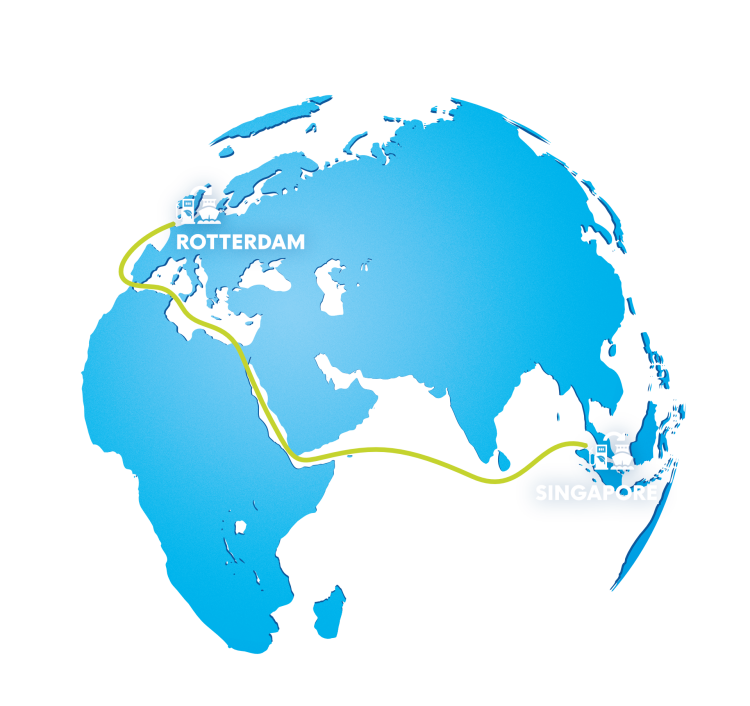
SPEED

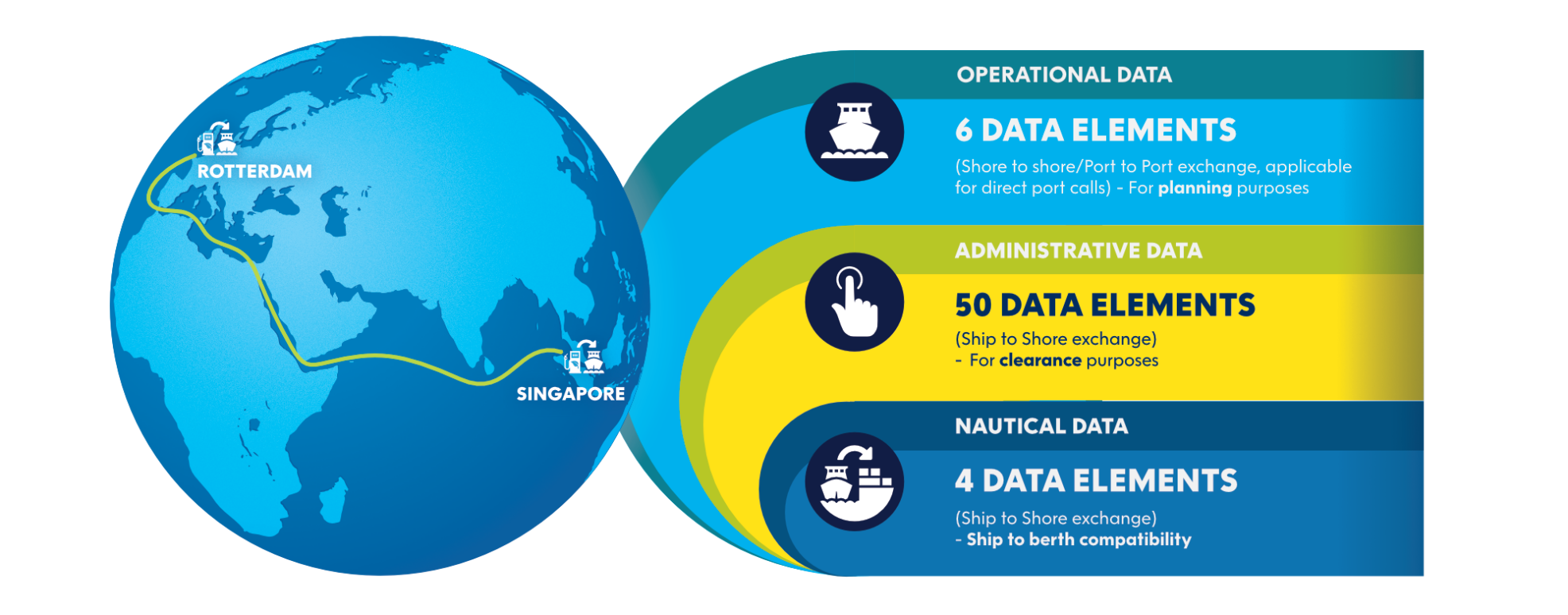
Trust
The biggest challenge in the future? ‘Trusting each other,’ Thijsen believes. ‘It is all about change management, after all. The technology is available, but you also have to adapt the processes. International deep-sea shipping has done well for centuries with a lack of transparency, but we are going to break that down. We do not foresee digitalisation resulting in parties trying to grab a piece of each other’s pie. You only share data on the basis of which every player in the chain can offer services. I am convinced that if we establish a larger digital ecosystem around the port of Rotterdam in a few years, the 80/20 principle will apply, and the last doubters will get on board too.’
Flywheel effect
Although tangible results are not expected until 2024, a considerable amount of work has been done over the past 18 months. According to Thijsen, digitalisation proceeds in small steps. ‘It all starts with building trust in each other so that you can subsequently start sharing data in a standardised manner. The fact we will be able to do that later will be a massive flywheel and a major step towards just-in-time, sustainable and paperless shipping operations. By thinking in terms of data, we will be able to integrate physical freight flows increasingly better with the administrative and financial flows. Besides increasing efficiency, data can also help with developing solutions for CO2 pricing.
Solid and robust
Both port companies work closely with the International Taskforce Port Call Optimization, the IMO, the Digital Container Shipping Association and the (container) shipping companies. The APIs are currently being built to share the data. These will be tested in early 2024. Thijsen: ‘We will present our results to the IMO in April. If they are enthusiastic, the further rollout can proceed very quickly. There is a considerable distance between Rotterdam and Singapore, but for shorter distances, such as between the Northwest European ports, the impact on the CO2 emissions and just-in-time shipping operations could be many times larger.’
Standard established
‘In recent months, the emphasis has been on determining the minimum amount of data elements we should share with each other,’ Thijsen says. ‘We have purposefully freed up time for that. If you share too much data, it loses its value, and we want to establish something robust. Furthermore, we have agreed and stipulated a technical standard for sharing data. This will enable us to eventually make the concept scalable to the rest of the world. To be ready for a paperless world, we have also technically tested the ‘electronic bill of lading’ in expectation of the legislation changes in the Netherlands that will allow its use.’
Sustainable and Just-in-Time
The port companies in Rotterdam and Singapore face the same challenges. They have many containers and lots of data. With a unanimous approach to the use of the data, they want to make container shipping sustainable and ensure that deep-sea carriers arrive at the quay just-in-time. The collaboration is open to other parties, but to achieve rapid progress, the port companies have taken the lead in the first phase. Martijn Thijsen has travelled to Singapore several times on behalf of the Port of Rotterdam Authority and, vice versa, representatives from the Maritime & Port Authority Singapore have visited Rotterdam on several occasions.
‘The initiative is seamlessly aligned to our digitalisation vision,’ states Martijn Thijsen, Head of Global Connect at the Port of Rotterdam Authority. ‘As a Rotterdam port, we are a physical hub in global trade, but we also need to become a digital hub. We set digitalisation in motion within the Rotterdam port community with Portbase in the 1990s. Now, we have to realise connections with other ports on a large scale as well. The COVID pandemic underlined the necessity to share data on the important trade routes. We are interpreting that with a ‘coalition of the willing’, parties who trust each other and want to put on a showcase.’
To accelerate the sustainability of deep-sea shipping, the Port of Rotterdam Authority and the Maritime and Port Authority of Singapore launched the longest Green & Digital Corridor in the world in mid-2022. The first results of the work that has been done since then will be visible from 2024.
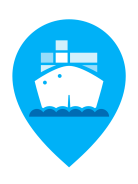
Case study 3
Scroll down
Pioneering on a global scale:
Green & Digital corridor with Singapore
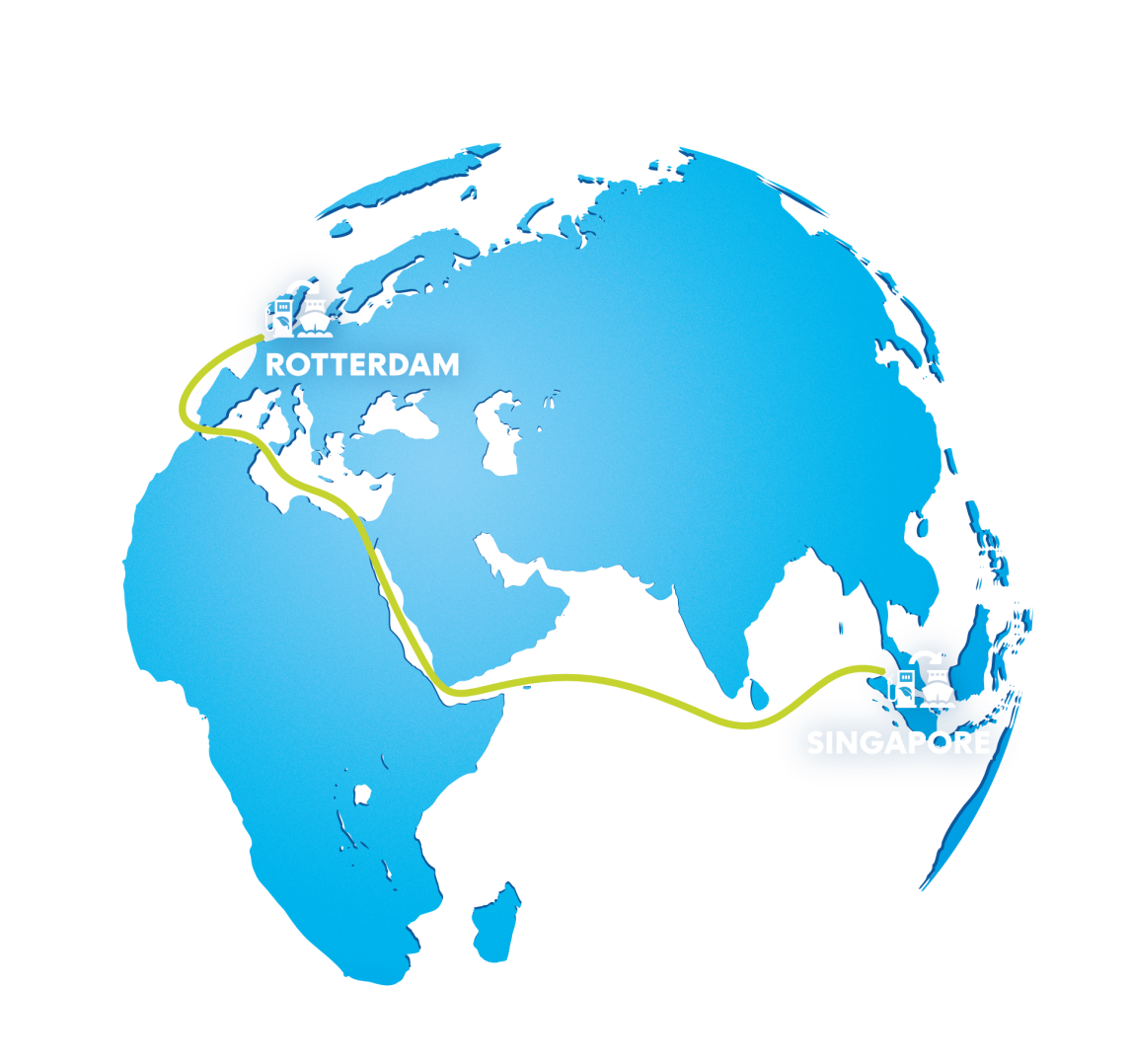
SPEED


Flywheel effect
Although tangible results are not expected until 2024, a considerable amount of work has been done over the past 18 months. According to Thijsen, digitalisation proceeds in small steps. ‘It all starts with building trust in each other so that you can subsequently start sharing data in a standardised manner. The fact we will be able to do that later will be a massive flywheel and a major step towards just-in-time, sustainable and paperless shipping operations. By thinking in terms of data, we will be able to integrate physical freight flows increasingly better with the administrative and financial flows. Besides increasing efficiency, data can also help with developing solutions for CO2 pricing.
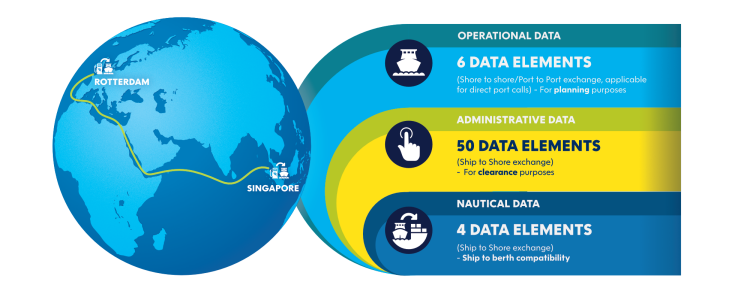
Solid and robust
Both port companies work closely with the International Taskforce Port Call Optimization, the IMO, the Digital Container Shipping Association and the (container) shipping companies. The APIs are currently being built to share the data. These will be tested in early 2024. Thijsen: ‘We will present our results to the IMO in April. If they are enthusiastic, the further rollout can proceed very quickly. There is a considerable distance between Rotterdam and Singapore, but for shorter distances, such as between the Northwest European ports, the impact on the CO2 emissions and just-in-time shipping operations could be many times larger.’
Standardestablished
‘In recent months, the emphasis has been on determining the minimum amount of data elements we should share with each other,’ Thijsen says. ‘We have purposefully freed up time for that. If you share too much data, it loses its value, and we want to establish something robust. Furthermore, we have agreed and stipulated a technical standard for sharing data. This will enable us to eventually make the concept scalable to the rest of the world. To be ready for a paperless world, we have also technically tested the ‘electronic bill of lading’ in expectation of the legislation changes in the Netherlands that will allow its use.’
The port companies in Rotterdam and Singapore face the same challenges. They have many containers and lots of data. With a unanimous approach to the use of the data, they want to make container shipping sustainable and ensure that deep-sea carriers arrive at the quay just-in-time. The collaboration is open to other parties, but to achieve rapid progress, the port companies have taken the lead in the first phase. Martijn Thijsen has travelled to Singapore several times on behalf of the Port of Rotterdam Authority and, vice versa, representatives from the Maritime & Port Authority Singapore have visited Rotterdam on several occasions.
Sustainable and Just-in-Time
Trust
‘The initiative is seamlessly aligned to our digitalisation vision,’ states Martijn Thijsen, Head of Global Connect at the Port of Rotterdam Authority. ‘As a Rotterdam port, we are a physical hub in global trade, but we also need to become a digital hub. We set digitalisation in motion within the Rotterdam port community with Portbase in the 1990s. Now, we have to realise connections with other ports on a large scale as well. The COVID pandemic underlined the necessity to share data on the important trade routes. We are interpreting that with a ‘coalition of the willing’, parties who trust each other and want to put on a showcase.’
The biggest challenge in the future? ‘Trusting each other,’ Thijsen believes. ‘It is all about change management, after all. The technology is available, but you also have to adapt the processes. International deep-sea shipping has done well for centuries with a lack of transparency, but we are going to break that down. We do not foresee digitalisation resulting in parties trying to grab a piece of each other’s pie. You only share data on the basis of which every player in the chain can offer services. I am convinced that if we establish a larger digital ecosystem around the port of Rotterdam in a few years, the 80/20 principle will apply, and the last doubters will get on board too.’
To accelerate the sustainability of deep-sea shipping, the Port of Rotterdam Authority and the Maritime and Port Authority of Singapore launched the longest Green & Digital Corridor in the world in mid-2022. The first results of the work that has been done since then will be visible from 2024.
Case study 3
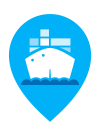
Pioneering on a global scale:
Green & Digital corridor with Singapore
